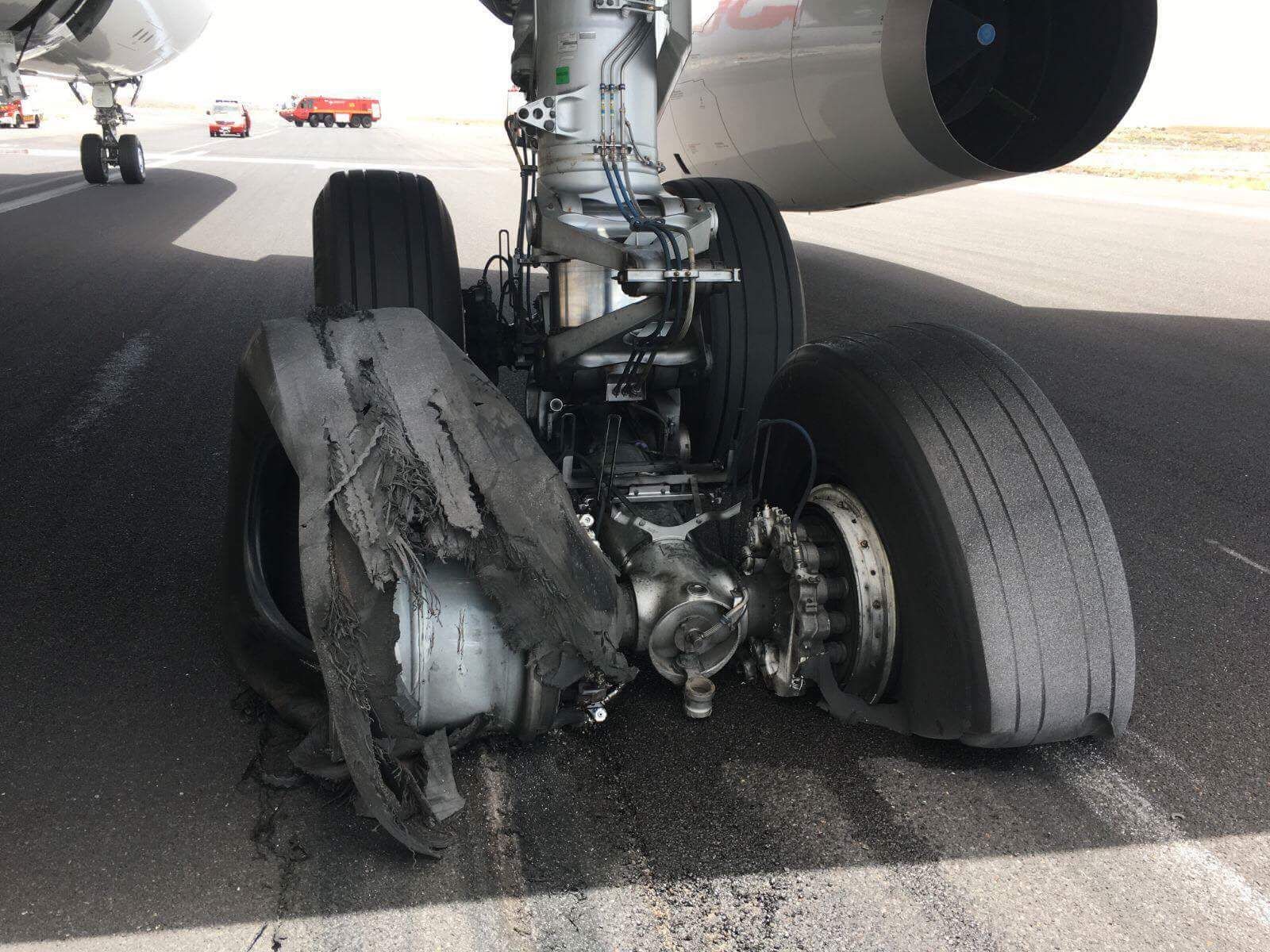An aircraft operating will experience maintenance in two main categories:
Scheduled –that which is planned and controlled as per a maintenance plan to maintain airworthiness
.Unscheduled –these are the tasks where we do not plan the maintenance, it is the event of a condition or event.
It is a little more complex of course because not all non-scheduled maintenance is not expected –consider events such as a wheel change if a wheel is worn to the limits of service, or a therapeutic oxygen bottle being used for a passenger in distress. These items are not scheduled to occur, but they are not necessarily a concern for our reliability either.
Initially we would define the ATA chapters and events where we are concerned about reliability Vs. those we are not concerned with. The subsequent review of thereliabilitytypically would be a reviewwould then consider the reliability data for:
Trends. Where a noted increase in an ATA and or component occurs.
Alert Level’s being triggered.
Where a pre-determined value of defects over a time frame such as a month is exceeded.
Note that these levels might be different as per each ATA chapter.
Significant Single Event and or Events.Where a noted impact on safety or of concern has occurred or any member of the reliability team feels that something needs to be further looked at.
These events might be the ones we choose to focus on and investigate further.
Here you can see some of the basic concepts that go int creating a reliability process.
Follow us on LinkedIn and for more and why not consider one of our courses such as the Aircraft Reliability Training course
